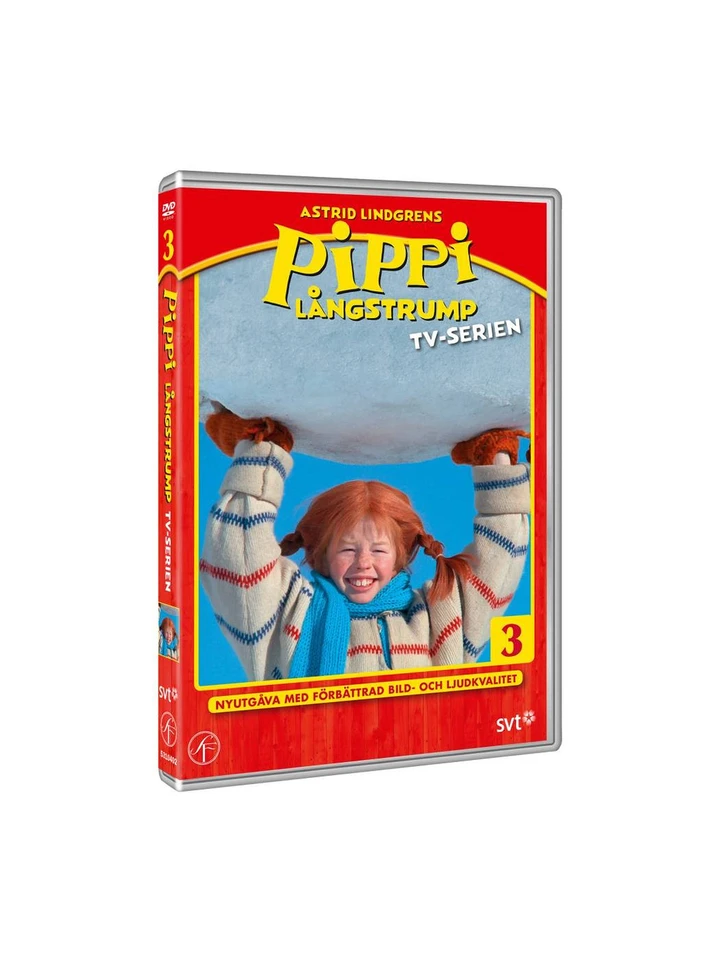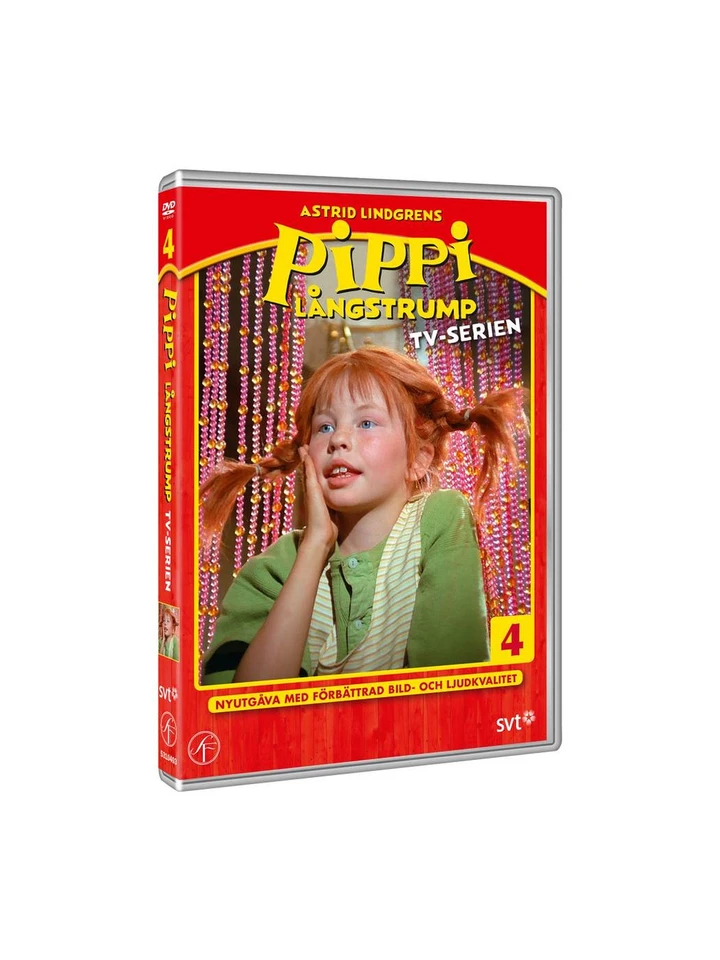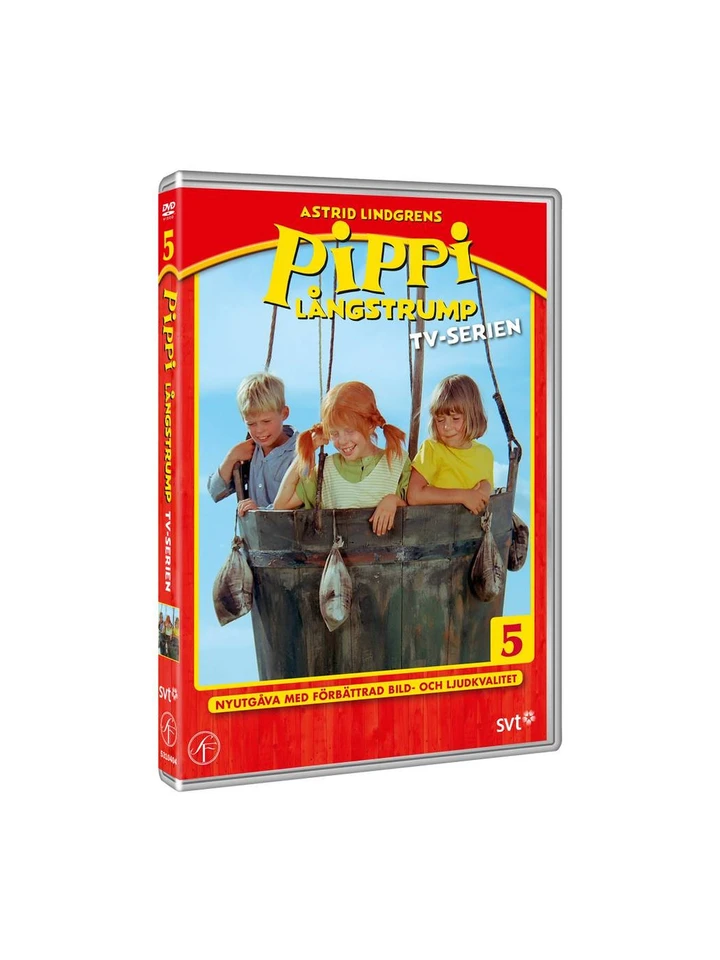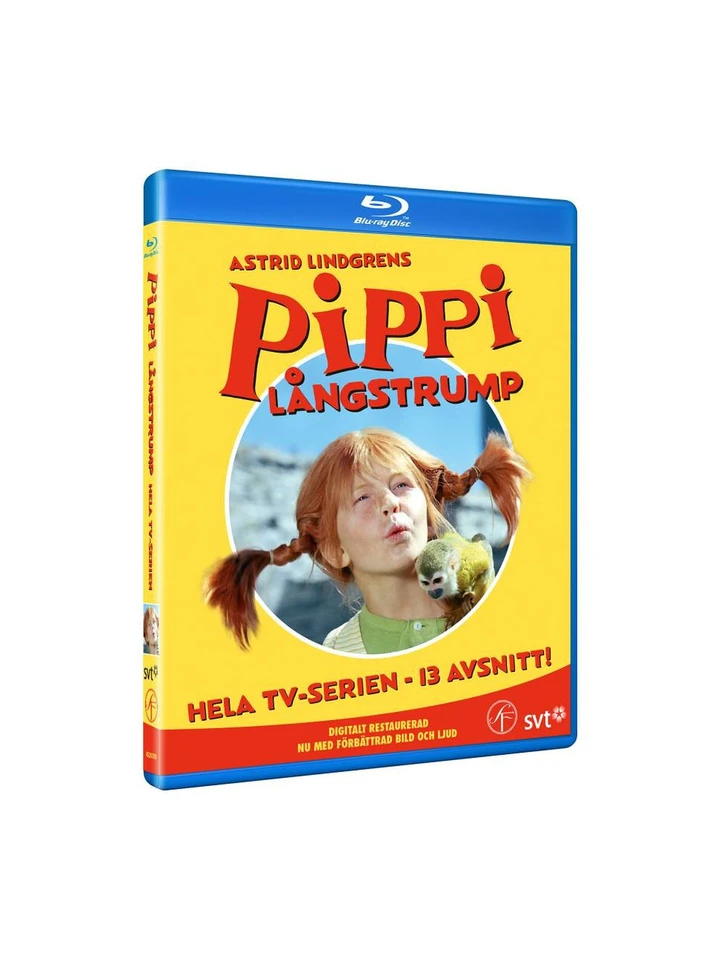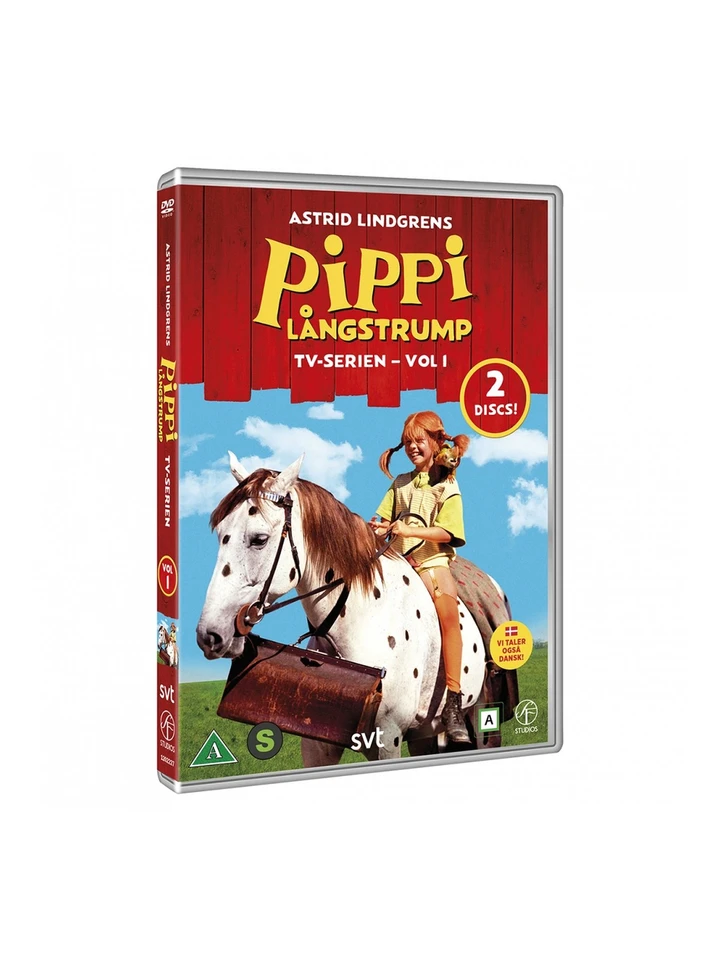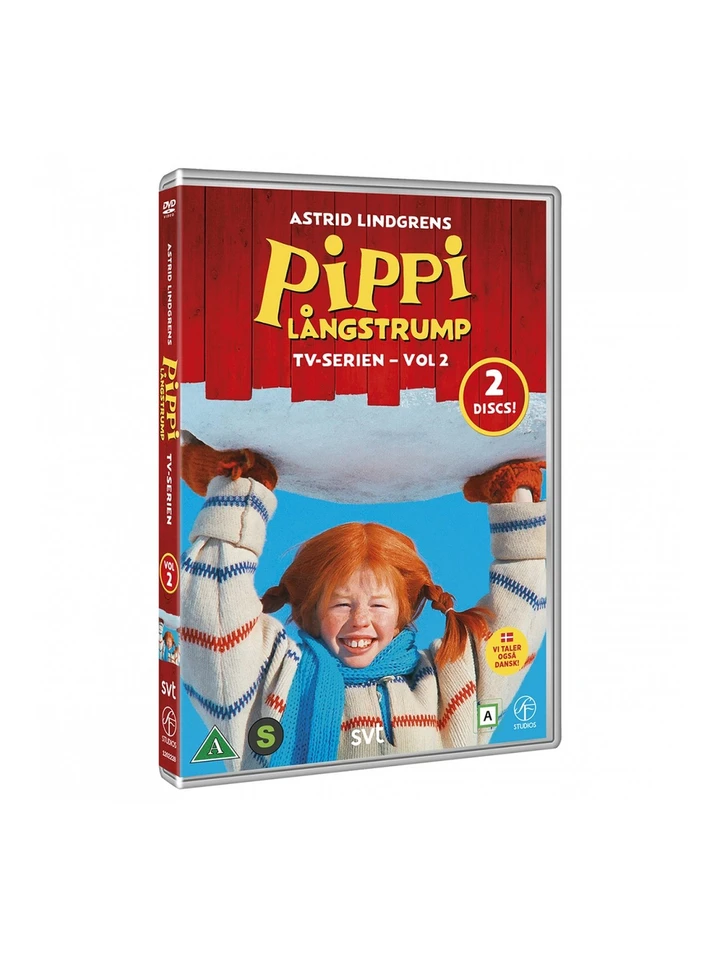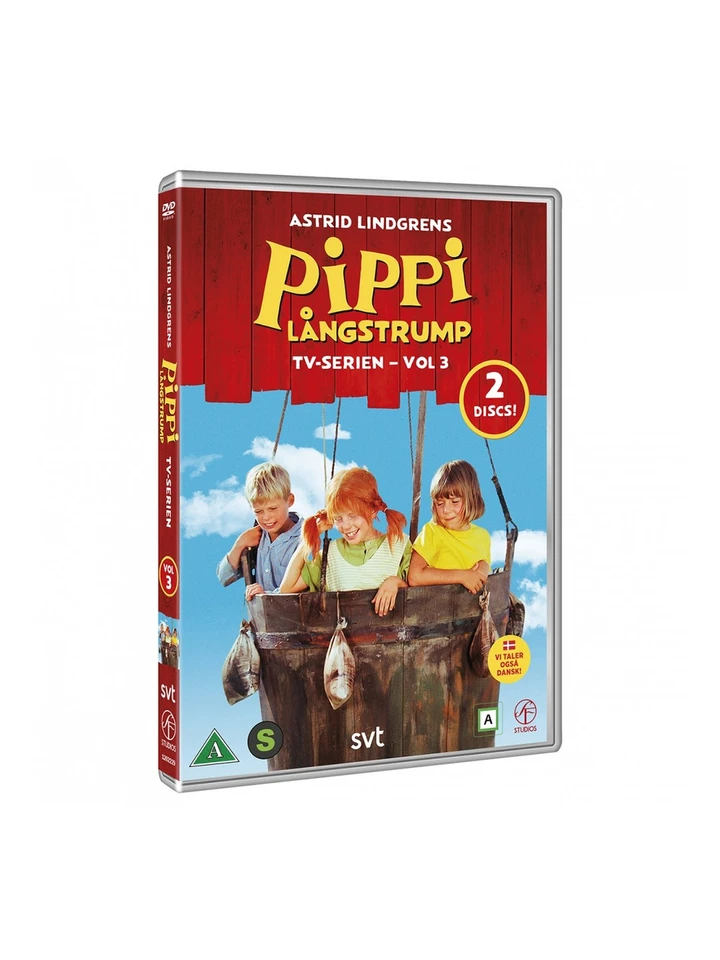Pippi Longstocking (TV series)
After the first Pippi film in 1949 it took a while before it was time to have another go. There were, among other things, financial reasons for this, the film would be rather expensive to make and it wasn’t until they found a German co-investor that the project was able to get off the ground. Nevertheless, planning for the project finally started in 1967, and in 1968 they began to film the television series Pippi Longstocking.
When Inger Nilsson walked through the doors of the studio for her audition it was immediately obvious that she was perfect for the role. She looked like Pippi, and was able to move in front of the camera. However, finding locations for the Pippi film was another matter. With only a month left before shooting began they lacked a town, a Villa Villekulla, a monkey and a horse.
It was finally decided that filming was to take place on Gotland, and more or less the entire island was used for locations. Many of the exterior shots were filmed in the old part of Visby. The sweet shop was on ‘Fiskargränd’ and the dress shop on ‘St. Hansgatan’. The house, Villa Villekulla in the film, was close to Visby. It was an old sergeant’s house on the outskirts of an artillery range. Painters added pink paint to the light-yellow villa and carpenters added new turrets and asymmetrical chimneys. The tree by the house was made into a lemonade tree, which the children were able to climb down into. The interior scenes were not recorded in the house but inside a studio. The house was later moved and is today part of the Kneippbyn resort.
Pippi’s monkey Mr Nilsson was borrowed from a family in Stockholm. He was a squirrel monkey, and not a Guenon monkey like in the books. Inger Nilsson has recounted how he had to be tied to a string that was then tied around her waist. He was scared, angry, prone to biting, and relieved himself so much that his clothes had to be constantly changed.
The partly German funding stipulated the use of German actors, which were later dubbed into Swedish. Ms Prysselius (‘Prussiluskan’) was not part of the books but written into the story by Astrid Lindgren for the sake of the film. She was played by a German actor, who made her own costume and who wasn’t always entirely sober during the shoot. German actors also played the burglars. They were somewhat disgruntled by the fact that Olle Hellbom cared more about the children than he did about the adults.
The series was first broadcasted on Swedish television on the 8th February 1969 and immediately gained a large following. Three million viewers watched the show during the thirteen weeks it was on. Inger Nilsson, Pär Sundberg (Tommy) and Maria Persson (Annika) became huge celebrities in both Sweden and Germany.
In 1973 the film Pippi Goes On Board was released, edited together from the material from the television series.
“If you are very strong, you must also be very kind.”
The narrator in "Do you know Pippi Longstocking?"
